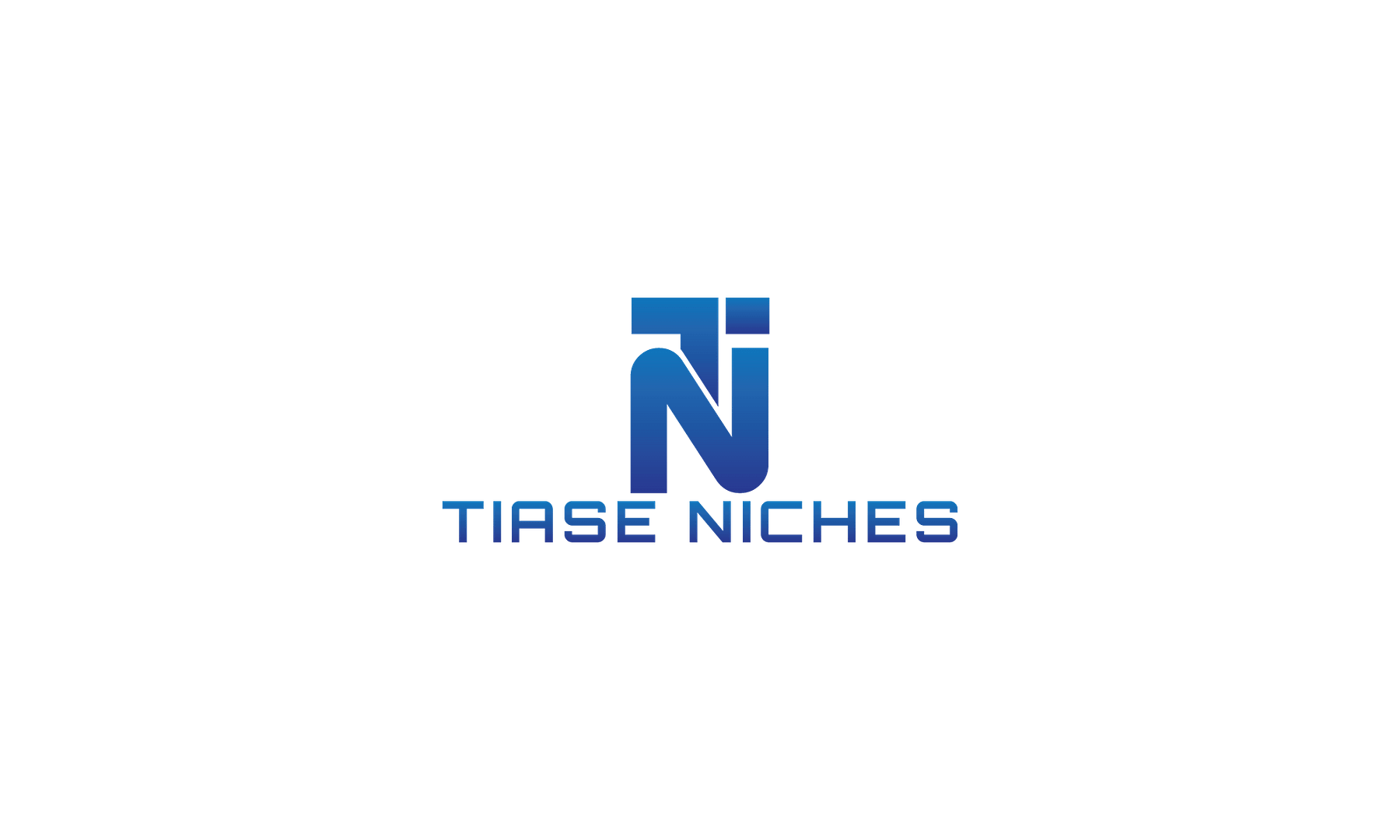Sending follow-up emails to your email list subscribers is often a surefire way to retain existing customers and generate new sales.
With this in mind, the average salesperson may follow up with a lead twice, yet it may take 8-12 follow-up emails before most prospects are ready to buy.
Therefore, an automated email follow-up sequence can prove invaluable by simplifying the process of keeping up with and managing follow-up emails.
Let's learn more below.
Follow-up Emails Help Build Trust With Customers
Online purchasing can seem riskier than purchasing offline.
However, with minimal effort, automated follow-up emails can build trust and reassure customers.
For example, you can send your customers order confirmation emails that notify them as to when they can expect to receive their purchases.
A Follow-up Email Sequence Can Differentiate Your Business From Your Competitors
Many competitors won't utilize email marketing because they view it as too complicated or time-consuming.
Consequently, sending follow-up emails to your customers can help differentiate your brand from your competitors.
You Can Deliver More Personalized Service to Your Customers
Automated email follow-up sequences allow you to capitalize on personalization, which is paramount for business success.
At the very least, you should send emails containing your customer's first name.
Considering this, you can also segment automated emails into different customer groups to achieve better-targeted advertising.
Regardless, offering personalized service builds trust and engagement that increases sales.
An Automated Email Follow-up Sequence Saves You Time and Effort
Creating and sending individual emails following each customer interaction can prove difficult and time-consuming.
However, setting up and scheduling automated emails at each customer journey stage will save substantial time and effort.
It Improves Quality and Reduces Human Error
Rushing the email-sending process results in errors and reduced effectiveness.
Yet, with automation, you can deliver flawless emails immediately following a purchase, shipment, or product delivery.
It Can Prove Cost-Effective
An automated email follow-up sequence saves you from paying someone to manage your email marketing campaigns.
Considering this, you must pay for the email software company or tool itself.
Nonetheless, this is still less expensive than hiring employees or outsourcing this crucial task.
It Reduces the Workload of Your Sales Team
An automated email follow-up sequence will lessen your sales team's workload and save them time from having to nurture leads individually since the emails will accomplish this for them.
Additionally, some email automation tools alert you whenever leads take specific actions, which allows your team to determine how well your email recipients have engaged with your emails and content.
Given these points, determining which leads to target and contact increases the likelihood of a sale.
In Conclusion
As shown above, an automated email follow-up sequence can prove invaluable for marketing any business.
Again, when done correctly, it saves time, nurtures leads, and increases conversions.
Not to mention, automated email follow-up sequences are also easily set up and require minimal maintenance.
So, if your business isn't using email automation software, now is an ideal time to start.
Doing so will lead to a growing and more successful business.
Hope this helps,
Erik
We implement creative, results-based digital and hybrid marketing strategies for local business clients.
You can visit our home page and view our service plan options by clicking the button below.
